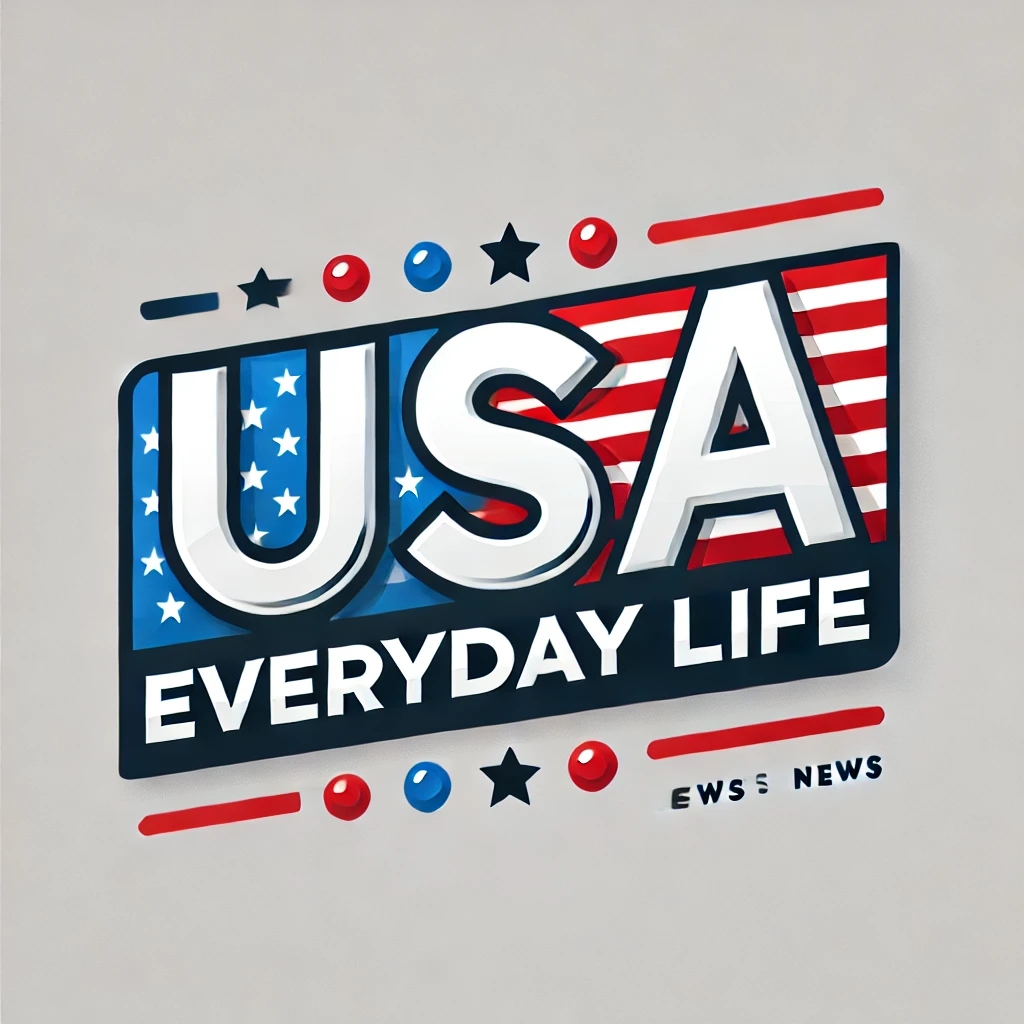Long-term investors may be fleeing stocks for high-quality bonds, but they should be mindful of their portfolio allocations, said Brian Rehling, head of global fixed income strategy at Wells Fargo Investment Institute. Stocks tumbled again on Monday, continuing the rout that began after President Donald Trump signed his tariff policy last week. Treasury yields moved higher after falling late last week when investors fled to safety amid concerns over a recession. Yields move inversely to prices. Fixed income is meant to be a port in the storm during market volatility — and it did its job, Rehling said. “Times like these are why you have fixed income in your well-diversified portfolio and you are seeing gains on your fixed income side that smooth out losses,” he explained. That said, now is a bit late in the game to move into high-quality bonds since their prices have gone up, said Rehling, who stressed it is difficult to pick the bottom in the rout. He suggests reducing exposure to intermediate- and long-term bonds amid the uncertainty. US10Y YTD mountain 10-year Treasury yields Long-term investors can do that by checking on how their portfolio is balanced, since it has likely shifted during the recent volatility, he said. “Rebalance back to your target allocation. By doing that you are selling fixed income and buying equities,” Rehling said. “Rebalancing will naturally allow you to buy low and sell high.” Dollar-cost average back into stocks and don’t make any dramatic changes, he said. “You might make some bad mistakes.” Wells Fargo is favorable on both U.S. large-cap and midcap equities that are high quality. The firm recently reallocated from bonds to midcaps to take advantage of the recent pullback in the stocks. However, if your portfolio is too heavy in risky assets, you may consider selling some of those and moving into short-term bonds, Rehling suggested. Wells Fargo expects the market volatility to continue through the first half of the year, but expects a moderate rebound through the second half. On Friday, it slashed its S & P 500 year-end target to 6,000 from 6,600 and cut back expectations for corporate earnings. It anticipates the 10-year Treasury yield will end the year between 4.25% and 4.75%, down from its earlier expectations of 4.75% to 5.25%. “Our forecasts and targets now broadly anticipate downshifting U.S. economic growth and somewhat stronger inflation in 2025. The additional drag on growth comes partly from several idiosyncratic factors in January, but even more from the now broad-based menu of tariff increases,” the bank wrote in a note to clients. “Tariffs should weigh on spending and profit margins and simultaneously spark higher goods prices and overall consumer price inflation.” Get Your Ticket to Pro LIVE Join us at the New York Stock Exchange! Uncertain markets? Gain an edge with CNBC Pro LIVE , an exclusive, inaugural event at the historic New York Stock Exchange. In today’s dynamic financial landscape, access to expert insights is paramount. As a CNBC Pro subscriber, we invite you to join us for our first exclusive, in-person CNBC Pro LIVE event at the iconic NYSE on Thursday, June 12. Join interactive Pro clinics led by our Pros Carter Worth, Dan Niles and Dan Ives, with a special edition of Pro Talks with Tom Lee. You’ll also get the opportunity to network with CNBC experts, talent and other Pro subscribers during an exciting cocktail hour on the legendary trading floor. Tickets are limited!
